The Palestinian-Israeli conflict stands as one of the world's most intricate and pressing issues, marked by enduring conflicts between Palestinians and Israelis, with potentially dire consequences that could escalate into a regional war. In 1993, both Yasser Arafat, leader of the Palestine Liberation Organisation, and Israeli Prime Minister Yitzhak Rabin embraced the two-state solution, leading to the signing of the Oslo Accords. The essence of these agreements aimed at establishing two states, one for Palestinians and the other for Israelis, as a pivotal step toward a conclusive resolution to the prolonged and costly conflict. Unfortunately, the intended implementation of these agreements faltered, resulting in failed efforts and the division of Palestinian society between Fatah in the West Bank and Hamas in the Gaza Strip. Instead of fostering confidence, Israeli positions hardened toward Palestinians, leading to a surge in settlements in the West Bank and east Jerusalem. Currently, approximately 700,000 Israelis reside on lands designated for the Palestinian State, contributing to a decline in both regional and global interest in the matter.
The Palestinian cause regained global prominence with the events of October 7, marking the end of a three-decade stagnation and a background role amid the Arab Spring and subsequent regional and global crises. The Israel-Hamas War raised international concerns about the potential escalation into a regional war. It heightened fears of derailing the Middle East peace process, particularly the "two-state solution." Israeli officials have recently declared that this option no longer exists, despite opposition and warnings from some of Tel Aviv's closest allies, notably Washington.
These indicators underscore the notion that stability in the Middle East hinges on a resolution to the Palestinian cause that aligns with the national aspirations of the Palestinian people. Consequently, discussions surrounding a two-state solution have resurfaced as the optimal proposal to end the conflict, serving as an alternative to the right-wing expansion and settlement policy on the West Bank. Such a policy could potentially isolate and compromise Israel's security while significantly depleting its military and financial resources. Hence, this analysis addresses the crucial question: Is the two-state solution still viable given the current circumstances?
Initial Reading
Israeli policy toward the Palestinian Authority exhibits fluctuations, alternating between support for pragmatic reasons and punitive measures for political considerations. Israel regards the Palestinian Authority’s presence as a critical element in its governance over Palestinian territories since the Authority oversees Palestinian population centres on behalf of Israel. This arrangement alleviates Israel’s numerous financial and administrative responsibilities associated with managing a significant Palestinian population.
A stark demonstration of this policy fluctuation is apparent in the announcement from Netanyahu’s government on Dec. 29, 2022. The government asserted the “exclusive and inalienable right” of the Jewish people to be present on all Israeli lands. Additionally, it articulated its commitment to actively supporting and expanding settlements throughout the lands, spanning areas including the West Bank, Galilee, Negev, and Golan. Although concrete plans for the formal annexation of the West Bank are not clearly outlined, the prior Netanyahu administration had undertaken noteworthy initiatives to advance this goal.
The present right-wing government has implemented numerous measures to undermine the operations of the Palestinian Authority and intensify pressure on it, both preceding and following the events of October 7.
The Netanyahu government implemented several significant measures leading up to October 7, including:
-
- Imposing travel restrictions on senior Palestinian officials, as was the case with the Palestinian Foreign Minister, coinciding with Palestinian efforts to urge the International Court of Justice to address the issue of the decadeslong Israeli occupation.
- Intensifying financial pressure on the Palestinian Authority, including the redistribution of revenues collected on its behalf to Israeli Jewish families who lost members to actions attributed to Palestinians.
- Prohibiting all construction activities within 60% of the West Bank that fall under the jurisdiction of the Palestinian Authority. A significant portion of the West Bank’s administration was shifted from the Israeli army to civilians within the Ministry of Defence, strategically augmenting civilian control over the occupied territories. Other ministries, including the Ministry of Defence and National Security, underwent restructuring to empower specific figures like Smotrich and Ben-Gvir, enabling them to assume a more prominent role in overseeing Palestinians and Jewish settlers in the occupied territories.
After October 7:
-
- Israel plans to bring in 100,000 workers from India and other Asian countries to replace Palestinian workers whose permits were revoked after the eruption of war in Gaza. In May 2023, Israel had previously entered into a framework agreement with India to facilitate the arrival of temporary Indian workers to engage in various sectors, with a notable focus on construction and medical services.
- Freezing Palestinian clearance funds that Israel collects on behalf of the Palestinian Authority in exchange for taxes on Palestinian imports on imported goods and transferring funds to it, with an average monthly transfer of $190 million suspended.
- Many Israeli officials urged the U.S. President to abstain from publicly discussing the path to a two-state solution, as they believe that such a solution would be perceived as a reward for Hamas.
Israel aims to halt the operations of the United Nations Relief and Works Agency for Palestine Refugees (UNRWA) through a systematic series of steps, intending to cease the agency’s activities in the Gaza Strip and resolve the refugee issue. This is carried out in three distinct stages:
The first stage involves accusing UNRWA of involvement in the attacks launched by Hamas on October 7. In the second stage, there is a reduction in UNRWA’s operations in the Gaza Strip, with efforts to identify alternative organisations to take over its functions. Finally, in the third stage, the intention is to transfer all of UNRWA’s responsibilities to the entity that assumes power in Gaza.
The Challenges of the Two-State Solution
While the two-state solution remains a prominent proposal in political and diplomatic spheres, its realisation faces substantial challenges. The foundation for this solution was laid out in the United Nations Resolution No. 181 in November 1947. The resolution stipulates the division of Palestine into separate Arab and Jewish states. According to the resolution, an Arab state would encompass 43% of the territory, and a Jewish state would encompass 56%, with Jerusalem and its surroundings designated as an international zone under international supervision. However, the implementation of this resolution has not been realised to date.
After decades of conflict, a return to the negotiating table occurred at the peace conference in Madrid in 1991. Subsequently, the Oslo Accords were signed in 1993, establishing a five-year deadline for creating a Palestinian state. However, the governance of the Palestinian Authority was confined to only a portion of the occupied territories, resulting in a series of setbacks. These setbacks included failed summits at Camp David and Taba, the Bush administration’s “Road map for peace”, diplomatic endeavours during Obama’s tenure, and negotiations mediated by John Kerry, the former U.S. Secretary of State, in 2014. With the proliferation of Jewish settlements in the West Bank and east Jerusalem, there is now a widespread consensus that the two-state solution is approaching obsolescence.
The challenges of the two-state solution stem from a combination of internal and external challenges.
The internal challenges can be outlined as follows:
The weakness of the Palestinian Authority: This doesn’t imply an inherent incapacity for self-governance but is primarily a consequence of the faltering peace process. Established as a precursor to a Palestinian state, the Palestinian Authority’s powers have waned, and its legitimacy has been distorted over decades of insufficient progress toward statehood. The inclusion of Hamas in the peace process is a source of concern for the Palestinian Authority, particularly given Hamas’ historical role as a disruptive force over three decades. Hamas initiated a campaign of suicide attacks to undermine the Oslo Accords and further incited tensions by continuing attacks during the Second Palestinian Intifada, causing frustration among Israelis.
Physical and demographic changes: When Israel left the Gaza Strip in 2005, uprooting some 8,000 Jewish settlers from the lands it had controlled since 1967, the implications of this decision were uncertain and generated considerable speculation. Some expressed their hope that Israel’s willingness to give up the occupied territories would be a trend and a step toward reaching a final settlement with the Palestinians. Others, however, saw a cunning trick; giving up control of Gaza might help Israel consolidate its control over the West Bank. The latter opinion turned out to be correct. Israel took advantage of the demographic changes in the West Bank to complicate the implementation of the two-state solution. Prior to the current conflict, the construction of Israeli settlements in the West Bank was considered one of the significant obstacles facing the peace process for the Palestinians. The Oslo Accords did not incorporate any agreements to halt settlement construction, contributing to a substantial increase in such activities over the past decades. By the end of 2021, the number of Israeli settlers living in the West Bank reached 465,400 persons, compared to 116,300 persons when the Oslo Accords were signed in 1993. Most of these settlers live in areas that would likely be ceded to the Palestinians in any future peace agreement. However, their growing numbers contribute to increased political influence, potentially complicating the peace process.
The hostile mood inside Israel: The prevailing sentiment in Israel is marked by hostility towards Palestinians. This is evident in public statements made by Israeli politicians rejecting the two-state solution and expressing a desire to eliminate Hamas. Recent opinion polls also reflect the general mood of the Israeli populace and their perspectives on dealing with the ongoing conflict and war involving Hamas.
-
- An opinion poll conducted by the Israeli Democracy Institute from Dec. 25-28, 2023, revealed that 66% of Israelis believe that Israel should resist increasing pressure from the U.S. to cease the war in Gaza. Additionally, 75% of Israeli Jews are against complying with U.S. demands, in contrast to only 21% of Israeli Arabs.
- A substantial number of Israeli Jews anticipate that the war will persist for several months. Another survey by the Israeli Democracy Institute on Jan. 24, 2024, indicates that a majority of Jewish respondents unanimously oppose reaching an agreement to release hostages in exchange for the release of all Palestinian prisoners and a cessation of hostilities in Gaza. Interestingly, over 60% of Israelis say their personal lives have returned to normal.
Interestingly, whenever Israel undergoes a significant violent upheaval, right-wing parties and politicians tend to gain political advantages from the situation. However, if elections are held soon, there is no guarantee that it will automatically benefit Prime Minister Benjamin Netanyahu personally or his Likud party. Most Israelis are blaming Prime Minister Netanyahu for the security disaster, are angry with him, and want him gone sooner or later. However, the underlying trend of politics is unlikely to budge with or without him. It is difficult to measure the extent to which Prime Minister Netanyahu, who has been in office throughout this period, has been affected by these declines. However, given the current level of hatred and mistrust between Israelis and Palestinians, it is not easy to envision any potential alternative to Prime Minister Netanyahu, who takes a different position on Palestinian statehood.
The External Challenges to the Two-State Solution
The failure of the 2000 Camp David Summit is still routinely cited as evidence that an agreement cannot be reached. However, what actually happened remains unclear. Regardless, in the subsequent years, negotiators meticulously expanded upon the initial concepts initially proposed at Camp David, introducing significant detail to the discussions. The primary obstacle no longer lies in the complexity of the issues at hand. Instead, finding believers on both sides in the two-state solution is the obstacle. Israeli aspirations lean toward retaining all the land, while Palestinians perceive fundamental issues—Jerusalem, refugees, land, and security—as indivisible. Israel’s actions, particularly the expansion of settlements, have aimed to alter the facts on the ground, rendering a regional settlement elusive. Simultaneously, this narrative suggests that Palestinians are incapable of shouldering the responsibilities of establishing a state. The ascendancy of hardliners on both sides has exacerbated the challenge of achieving compromise, making it more elusive than ever.
Forming an International Coalition to Resolve the Palestinian Issue
Governments worldwide are grappling with this issue due to the vibrancy and polarization of their populations, coupled with the threat posed to regional stability and security. The conflict is compelling the U.S., the EU, and regional powers to reassess their approach, acknowledging that they can no longer afford to disregard the impact of the conflict. Once the round of fighting in Gaza ends, fundamental political changes could occur. Whether Hamas is eliminated or not, many in Israel will believe they have no choice but to empower the Palestinian Authority because lacking an effective and self-confident Palestinian entity will leave no alternative to extremism. This would be a first step toward reviving the two-state solution.
The resolution of the Palestinian-Israeli conflict can no longer be solely reliant on Washington, as the domestic political landscape in the U.S. undermines its effectiveness in this matter. Imposing significant pressure on Israel is seen as politically costly, and the tumultuous domestic politics in the U.S. make it challenging for the White House to sustain a coherent approach to this cause, particularly as it endeavours to shift its focus away from the Middle East.
Although China and Russia have aligned their rhetoric with the Global South and aspire to play a role in the peacemaking process in the Middle East, neither of them has sufficient influence or credibility to be able to play this role. As of now, their involvement remains limited on either side of the conflict. Although the return of great power competition is evident in other parts of the Middle East, it is noticeably absent from the Israeli-Palestinian conflict. While the EU has the potential to position itself as an impartial mediator, the issue is often not taken seriously.
Is There a Solution on the Horizon?
The two-state solution faces significant challenges with escalating regional tensions and the issue’s complexity. Various internal factors impact the feasibility of reaching a solution, including the persistent escalation of violence and tensions between the two sides and the challenge of attaining consensus on crucial issues. On the other hand, external challenges affect the process, such as changing political and geopolitical balances in the Middle East and the influence of regional and international powers. The two-state solution, while seemingly defunct in practical terms, retains theoretical feasibility depending on several indicators:
First, The U.S. must exhibit the capability and readiness to spearhead a genuine peace initiative, steering away from an indefinite process that neither party believes in any longer. Instead, it should engage in a process where the underlying foundations and principles inherently guide toward the end of the occupation. One of the main reasons President Joseph Biden’s two-state theory rings hollow is that when former President Barack Obama attempted to apply real pressure for a two-state solution, he faced opposition in Congress. Many pro-Israel politicians in both parties nominally support such a solution, at least in rhetoric.
Second, Israel requires a different government, not only one to replace the current extremist coalition, but one that is prepared to accept withdrawal along the 1967 borders and to dismantle the settlements whose population today is more than 700,000 settlers, with the extreme right-wing government in Israel strongly opposing the idea of an independent Palestinian state. Prime Minister Netanyahu has been obstructing progress on this issue for many years. Moreover, few expect him to remain prime minister once the war is over, but there is no clear pro-peace alternative waiting in the wings.
Third, the Palestinians need a new, consensual leadership that comes through elections across the West Bank, east Jerusalem, and Gaza and that can legitimately sign a deal on behalf of the Palestinians.
In conclusion, reviving the negotiations again will be doomed to failure unless fundamental changes that include the Palestinian leadership are made. The political parties involved in the current war in Gaza are the same ones that disrupted the peace process three decades ago. Moreover, international efforts are crucial for ensuring the credibility of negotiations, given the growing mutual suspicion between the two sides. Ultimately, both parties require incentives to genuinely commit to reaching an agreement.
Even if there is a collective determination among Palestinians, Israelis, the United States, and Arab countries to initiate a new peace process, the primary challenges confronting any agreement revolve around the delineation of borders and the presence of Israeli settlements in the West Bank and east Jerusalem. Additional contentious issues include the future status of Jerusalem, the right of return for Palestinian refugees and their descendants, as well as matters concerning security and authority in the Gaza Strip. The situation in Gaza holds considerable importance in the negotiations. Consequently, there is a need to establish an international coalition comprising countries with substantial influence to actively contribute to crafting a comprehensive road map. This coalition can work toward defining the criteria for a two-state solution in greater detail than a decade or two ago. The coordinated application of this collective influence has the potential to alter the calculations of Israeli and Palestinian decision-makers and may even facilitate the emergence of new leadership.
References
Dempsey, Judy, and MURIEL ASSEBURG. “Judy Asks: Is the Two-State Solution Feasible? – Carnegie Europe …” Carnegie Europe, Carnegie Endowment for International Peace, 3 Nov. 2023, carnegieeurope.eu/strategiceurope/90961
Rahman, Omar H. “Could Israel’s New Government Spell the End of the Palestinian Authority? .” Middle East Council on Global Affairs, 12 Jan. 2023, mecouncil.org/blog_posts/%D9%87%D9%84-%D8%AA%D9%86%D8%B0%D8%B1-%D8%A7%D9%84%D8%AD%D9%83%D9%88%D9%85%D8%A9-
“إسرائيل تعتزم استقدام عمالة من الهند لسد الحاجة بعد ما الغت تصاريح العمال الفلسطينيين إثر الحرب ضد غزة”. مونت كارلو الدولية، 14 نوفمبر 2023.
“وزير المالية الإسرائيلي يوجه بتجميد أموال المقاصة الفلسطينية”. وكالة الأناضول، 31 أكتوبر 2023.
Magid, Jacob. “Israel Urging Us Not to Talk Publicly about Two-State Solution .” The Times of Israel, The Times of Israel, 15 Dec. 2023, www.timesofisrael.com/israel-urging-us-not-to-talk-publicly-about-two-state-solution-officials/
TOI Staff. “Israel Urging Us Not to Talk Publicly about Two-State Solution .” The Times of Israel, The Times of Israel, 29 Dec. 2023, www.timesofisrael.com/israel-hoping-to-push-unrwa-out-of-gaza-post-war-report/
Dettmer, Jamie. “The Two-State Solution Is Dead. Why Pretend Anymore?” POLITICO, POLITICO, 19 Jan. 2024, www.politico.eu/article/why-pretend-anymore-two-state-solution-dead-israel-gaza-palestine-war/
“Despite the War in Gaza, talk of a Two-State Solution Persists.” The Economist, The Economist Newspaper, 7 Dec. 2023, www.economist.com/briefing/2023/12/07/despite-the-war-in-gaza-talk-of-a-two-state-solution-persists
Hermann, Tamar, and Or Anabi. “Most Israelis Oppose Meeting Us Demands to Shift to New Phase of War.” The Israel Democracy Institute, The Israel Democracy Institute, 2 Jan. 2024, en.idi.org.il/articles/52085
Hermann, Tamar, and Or Anabi. “Most Israelis Oppose a Hostage Deal in Exchange for a Halt in Fighting and Releasing All Palestinian Prisoners.” The Israel Democracy Institute, 24 Jan. 2024, en.idi.org.il/articles/52496
Alterman, Jon B. “A Different Two-State Solution.” Center for Strategic and International Studies (CSIS), Center for Strategic and International Studies (CSIS), 10 Jan. 2024, www.csis.org/analysis/different-two-state-solution
Dettmer, Jamie. “The Two-State Solution Is Dead. Why Pretend Anymore?” POLITICO, POLITICO, 19 Jan. 2024, www.politico.eu/article/why-pretend-anymore-two-state-solution-dead-israel-gaza-palestine-war/
Scott, Ben. “Israel-Palestine: It’s Not Too Late for the Two-State Solution.” The Interpreter, LOWY INSTITUTE, 10 Nov. 2023, www.lowyinstitute.org/the-interpreter/israel-palestine-it-s-not-too-late-two-state-solution
Sherwood, Harriet. “Israel-Palestine: Is the Two-State Solution the Answer to the Crisis?” The Guardian , The Guardian , 4 Nov. 2023, www.theguardian.com/world/2023/nov/04/israel-palestine-is-the-two-state-solution-the-answer-to-the-crisis


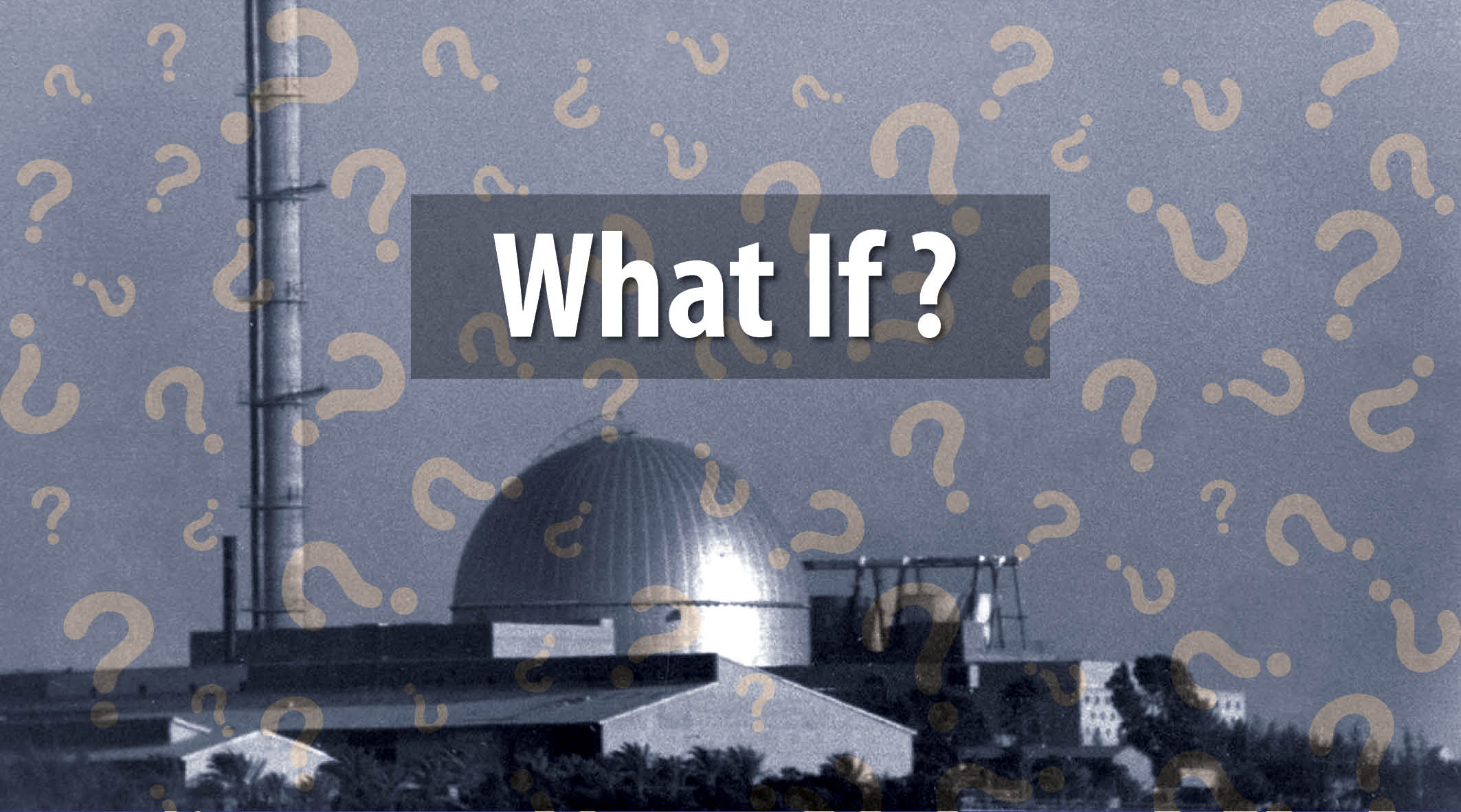
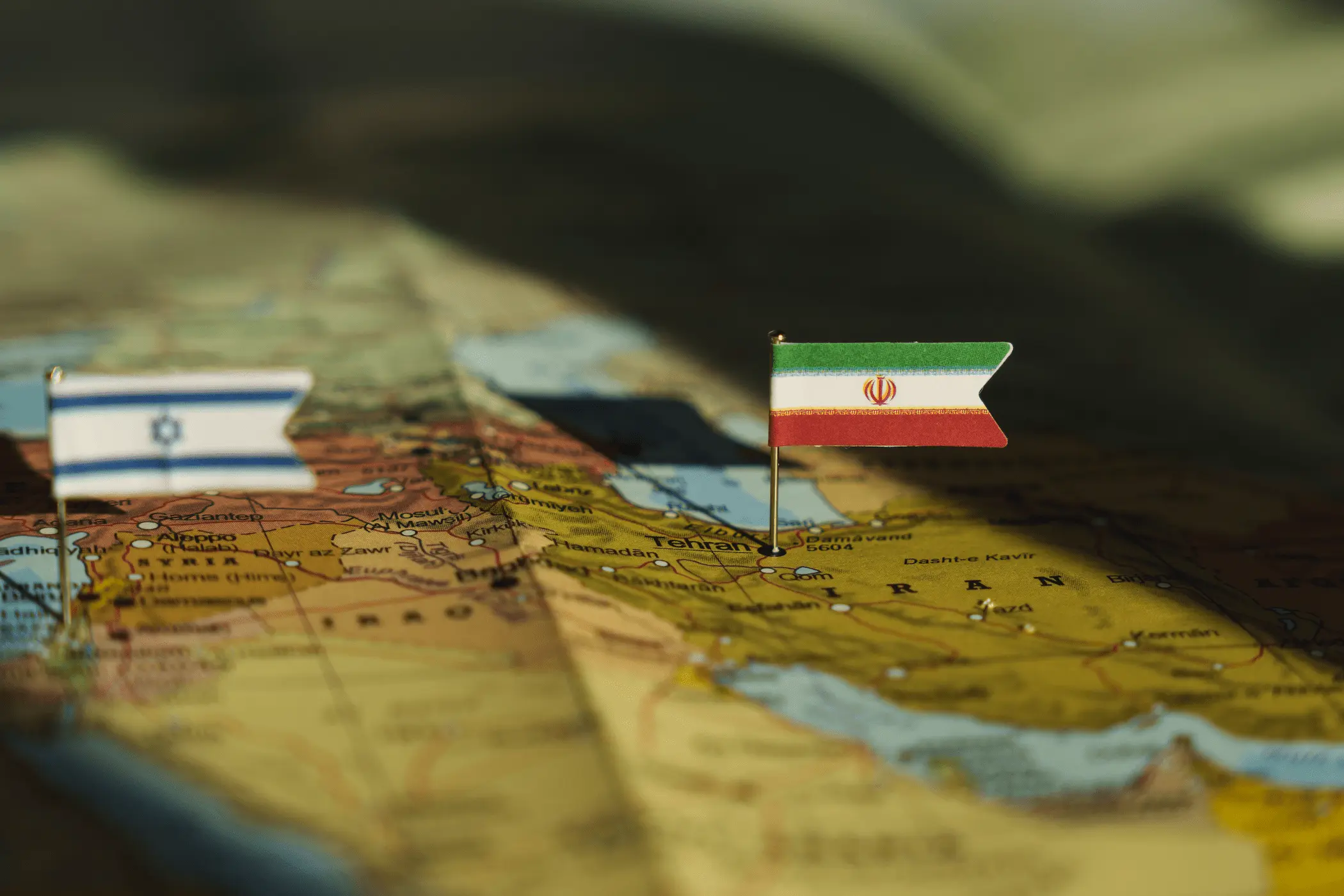
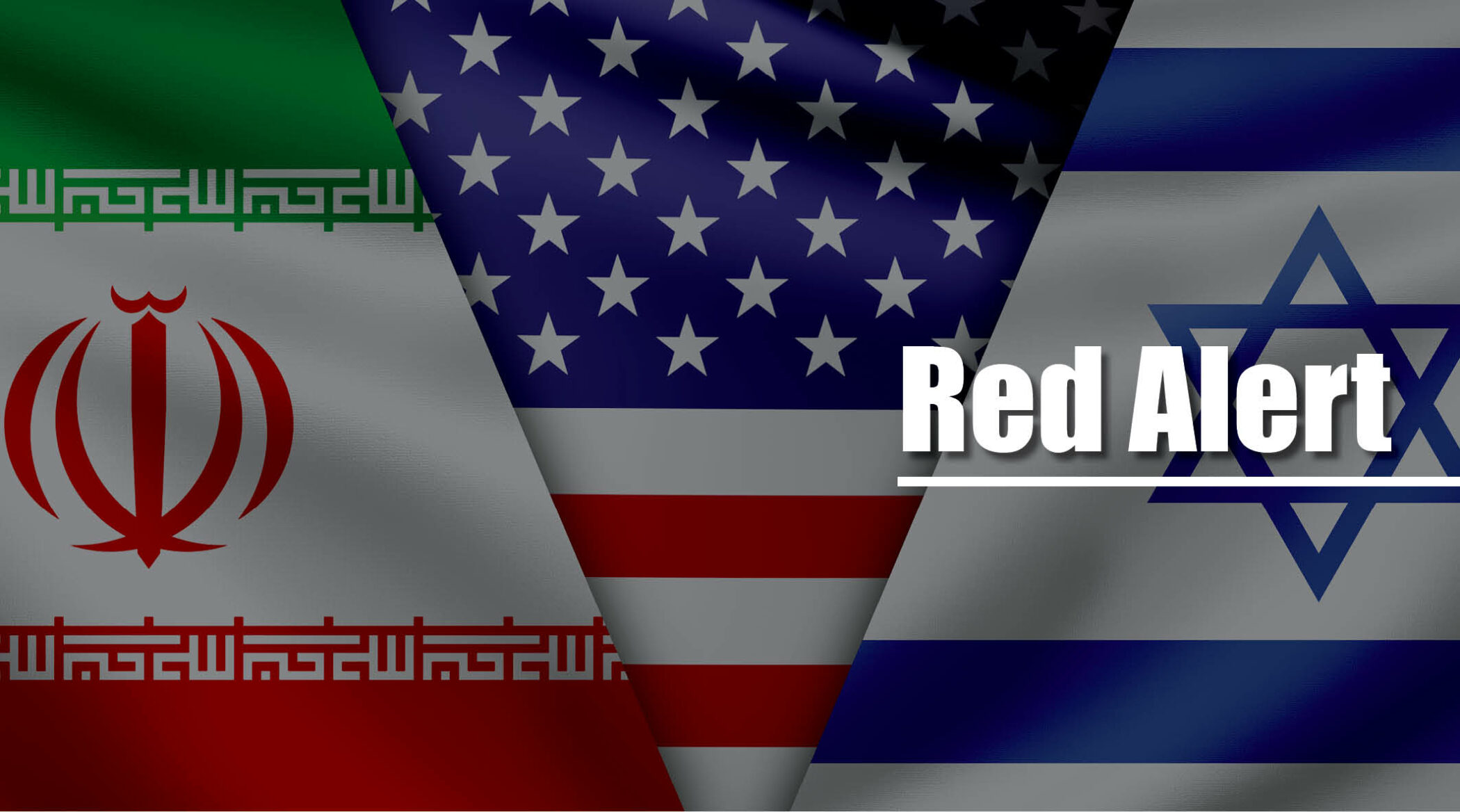
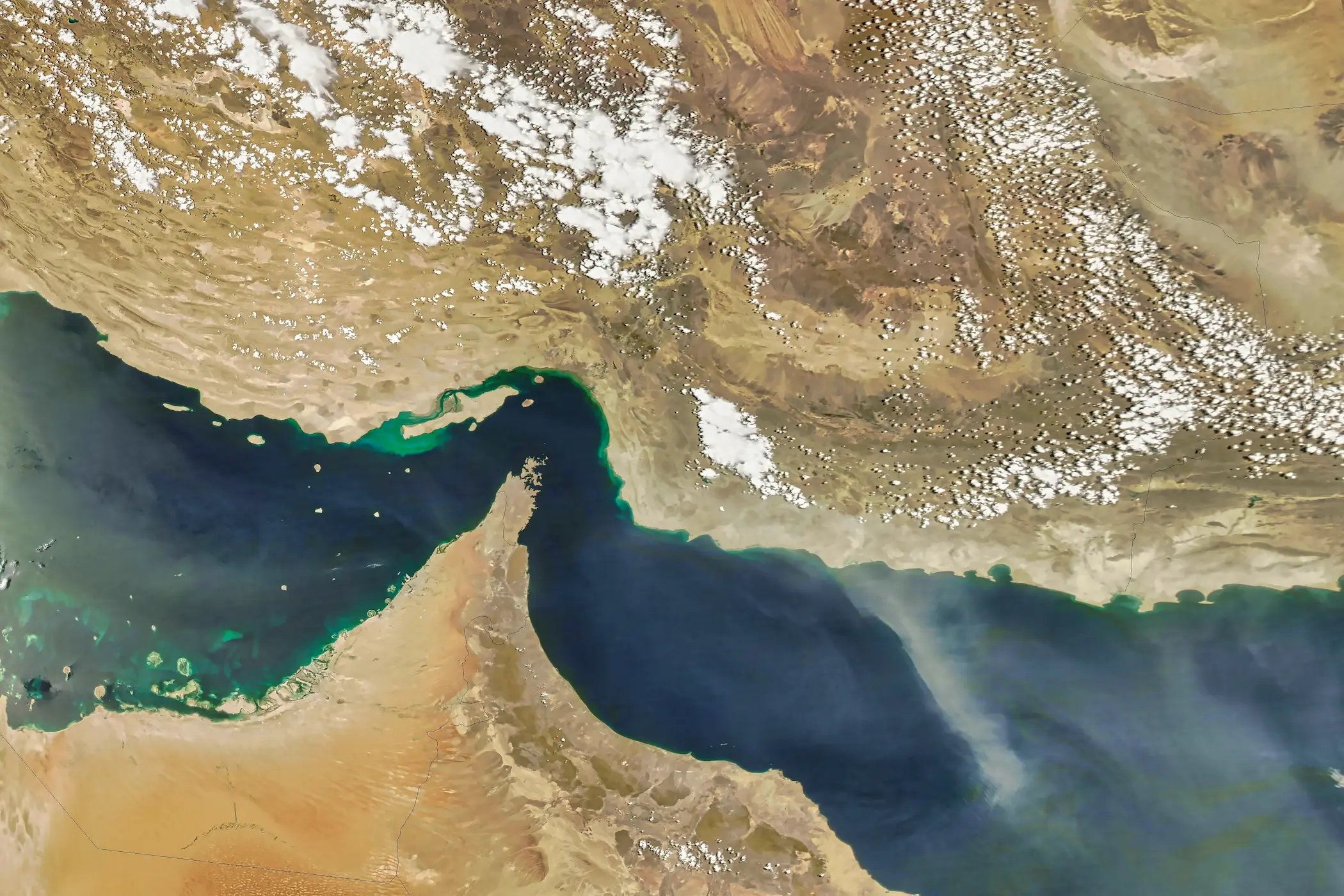
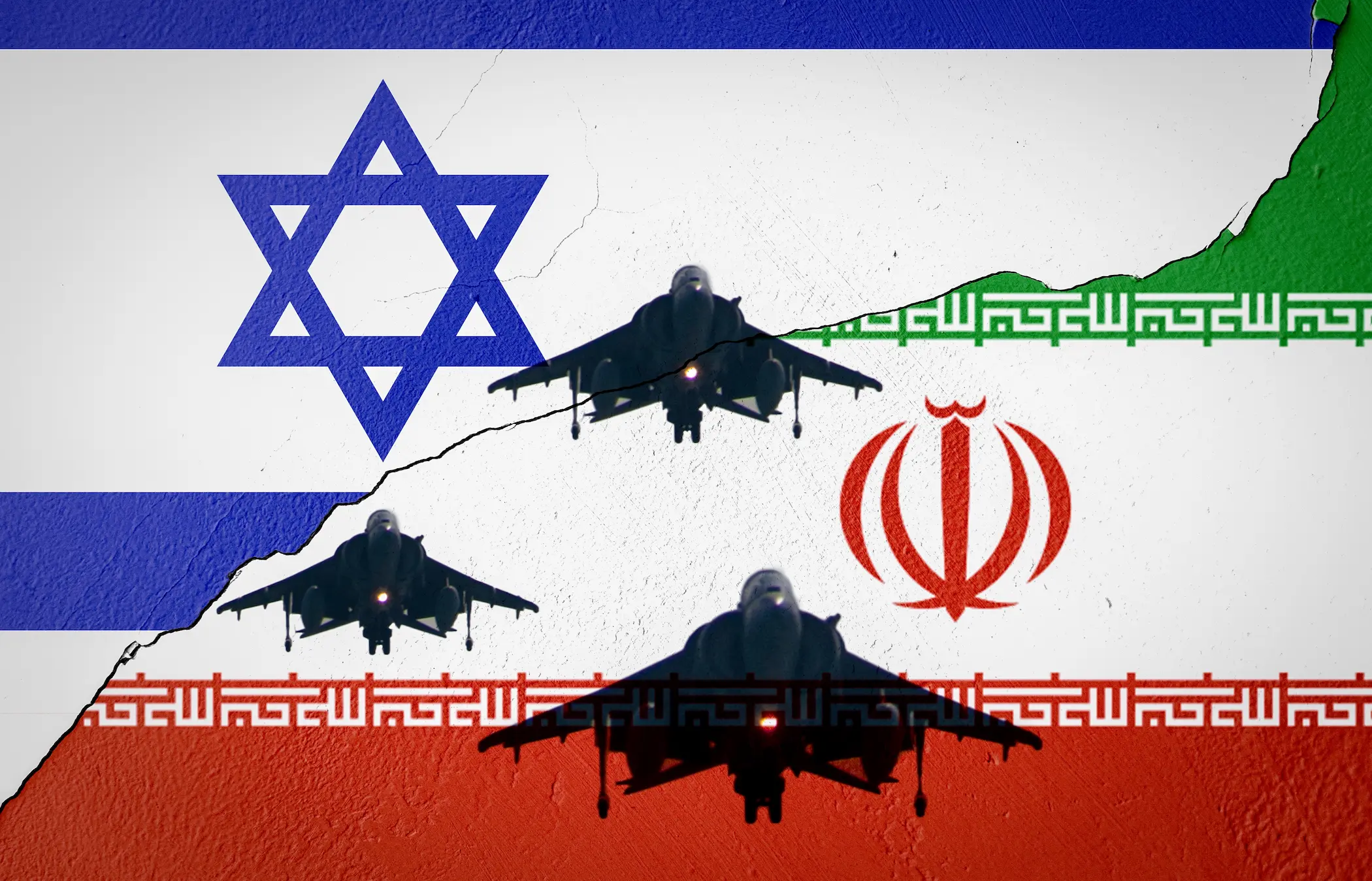
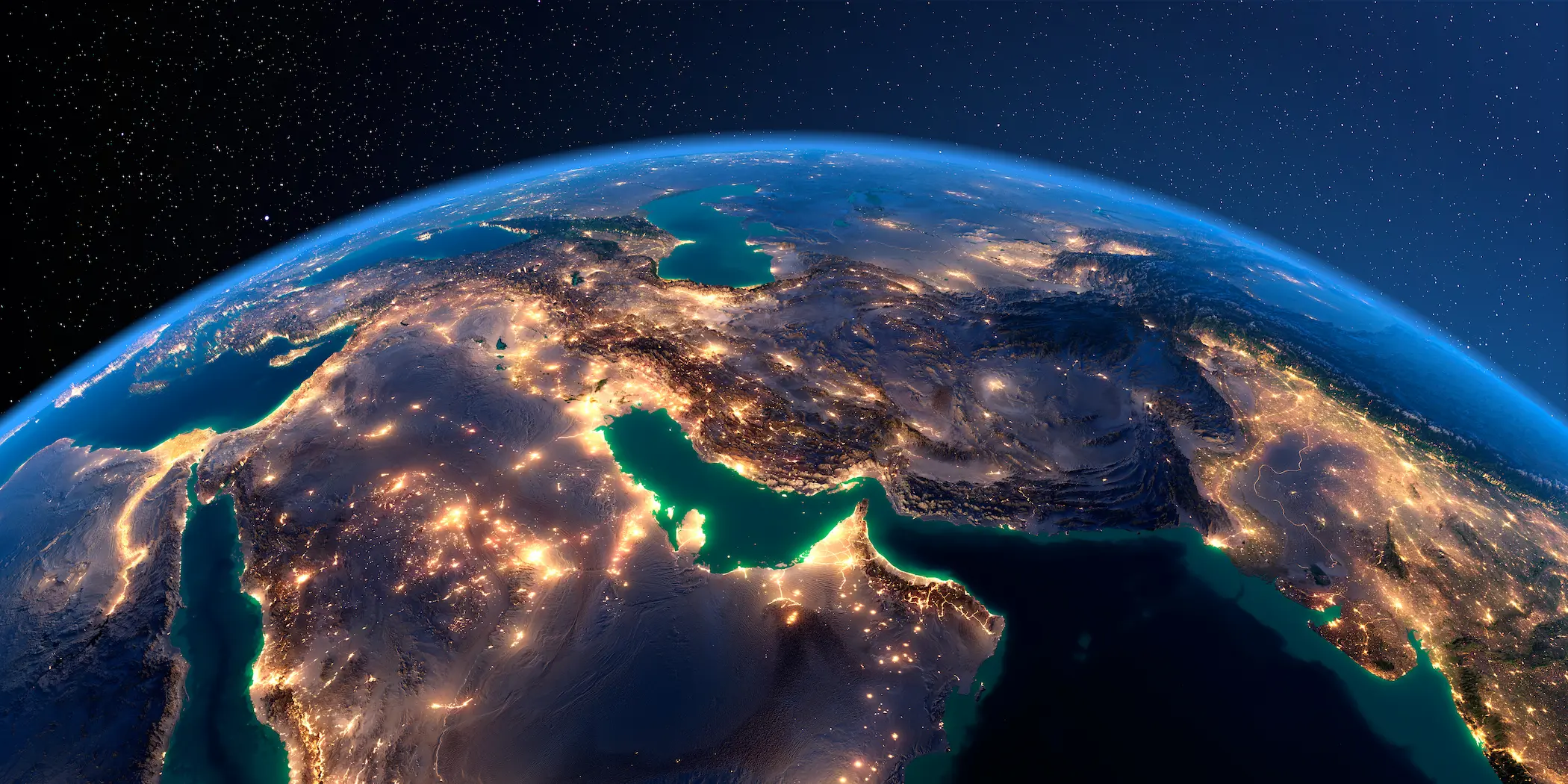
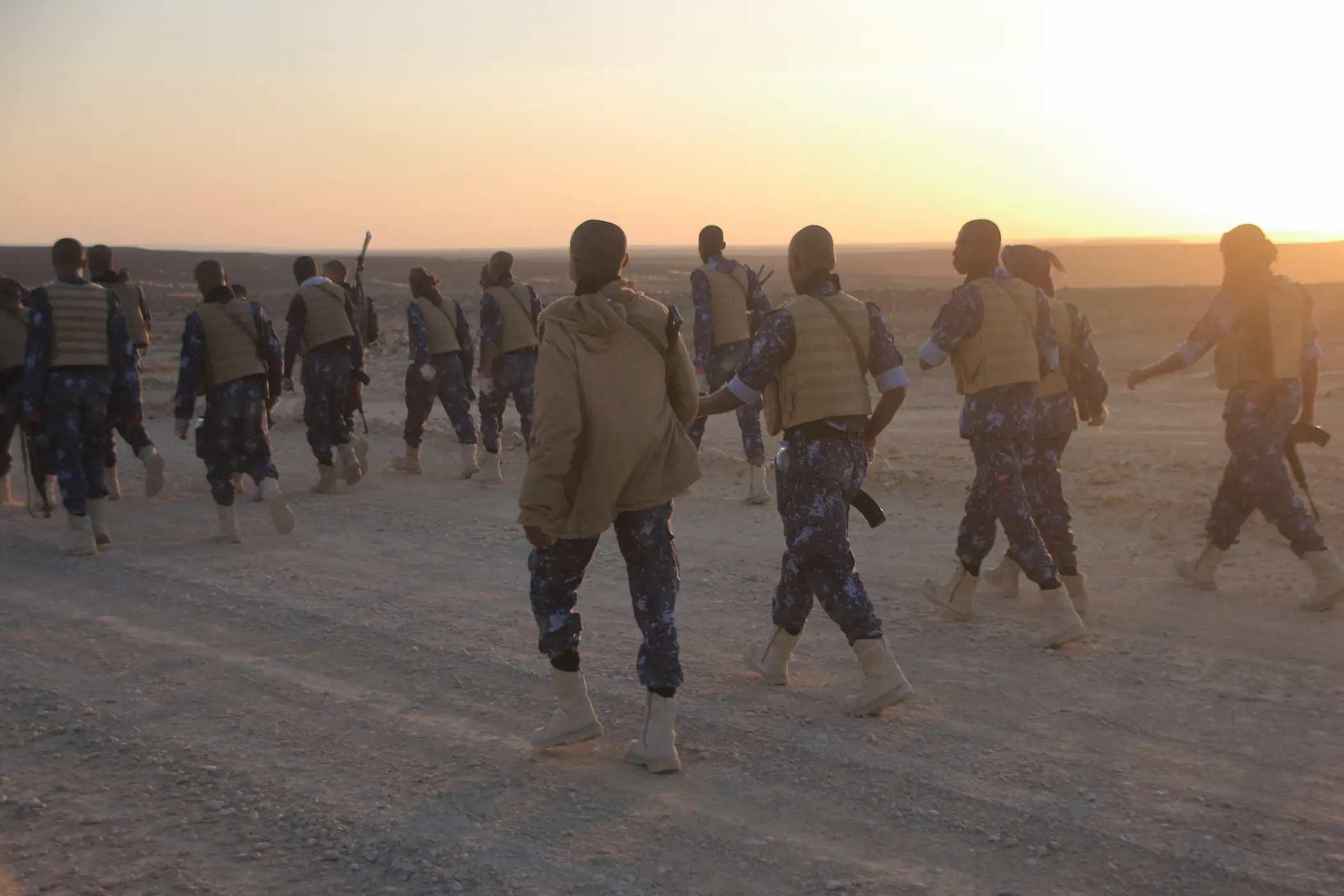
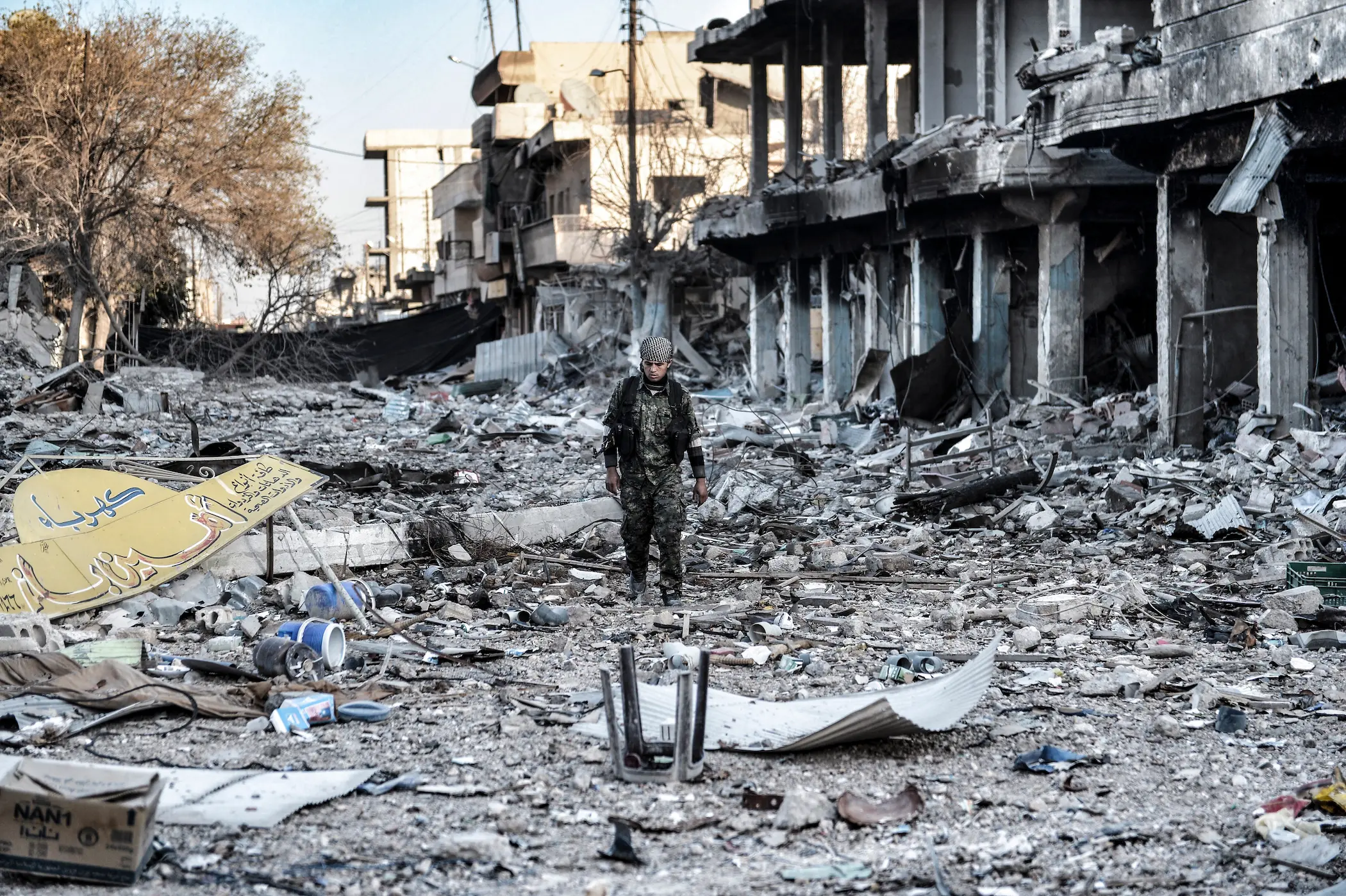

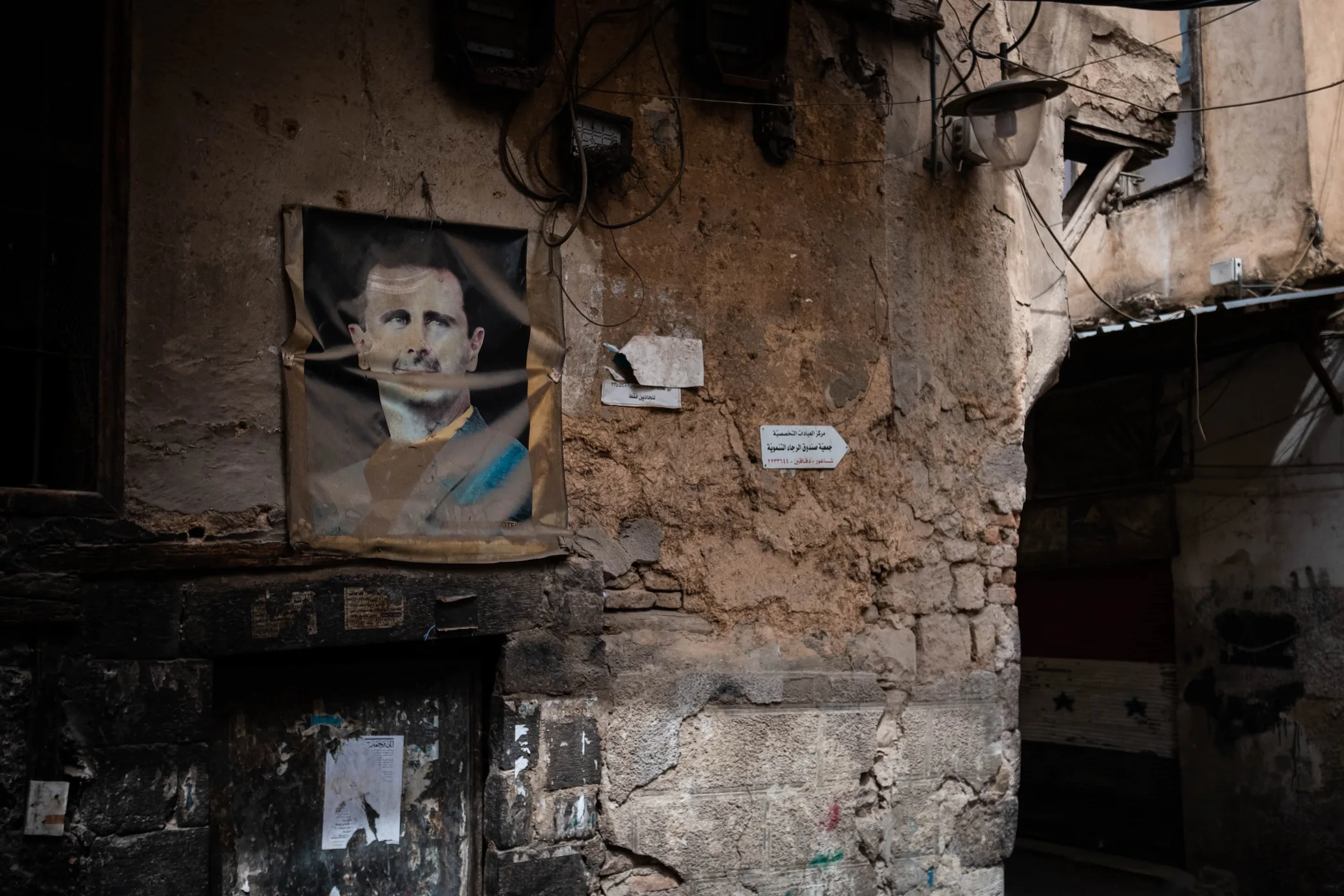




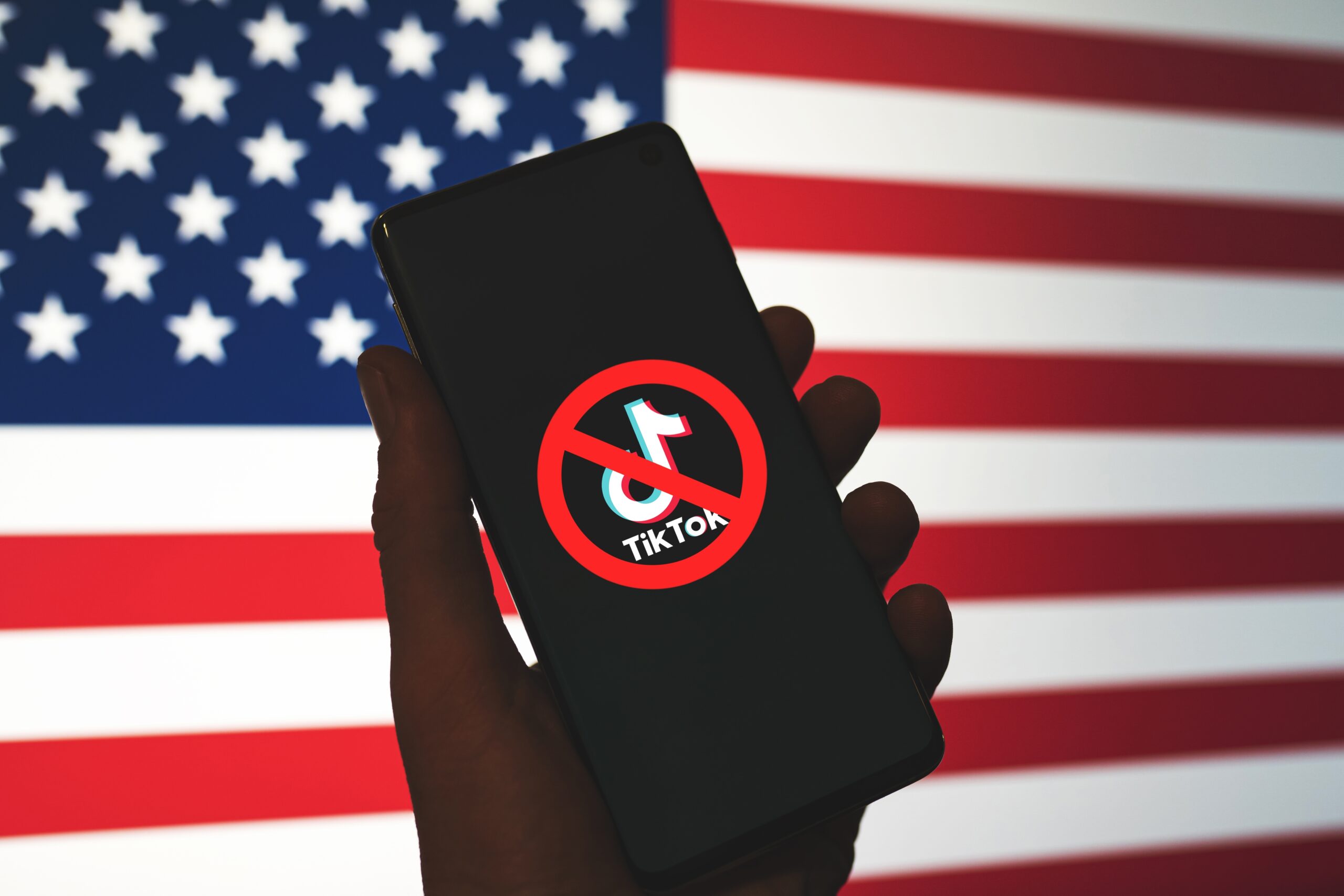
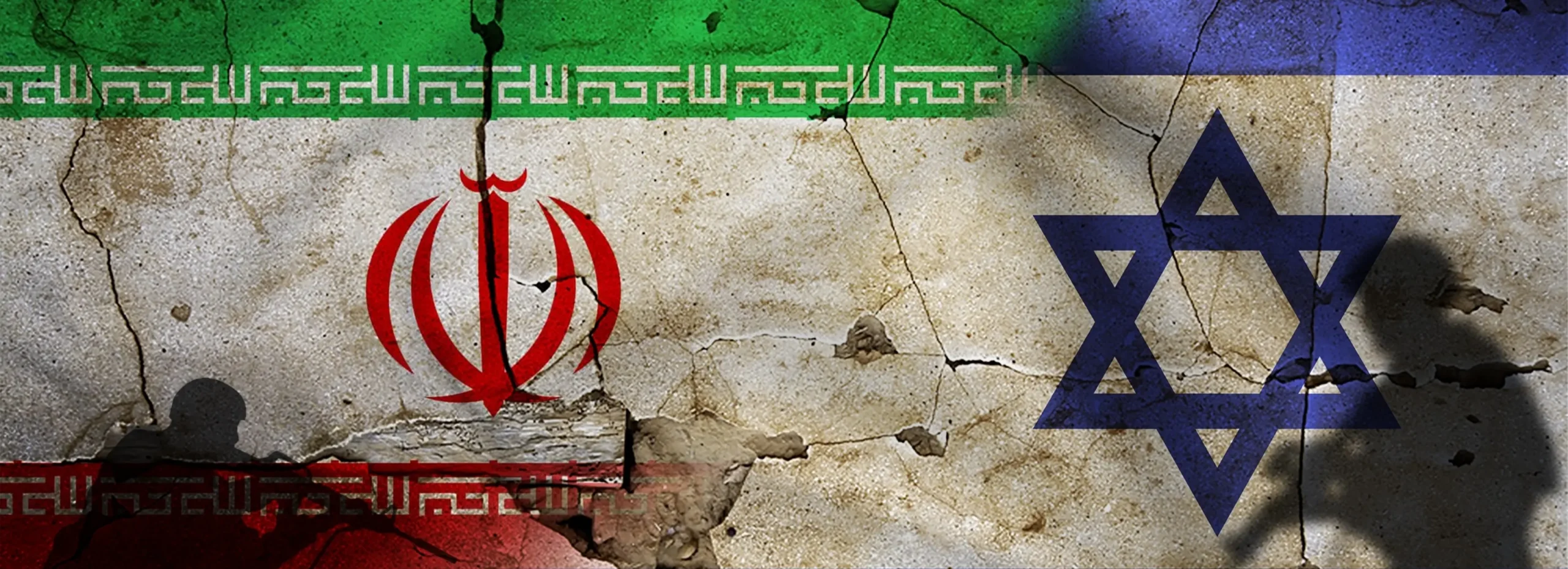
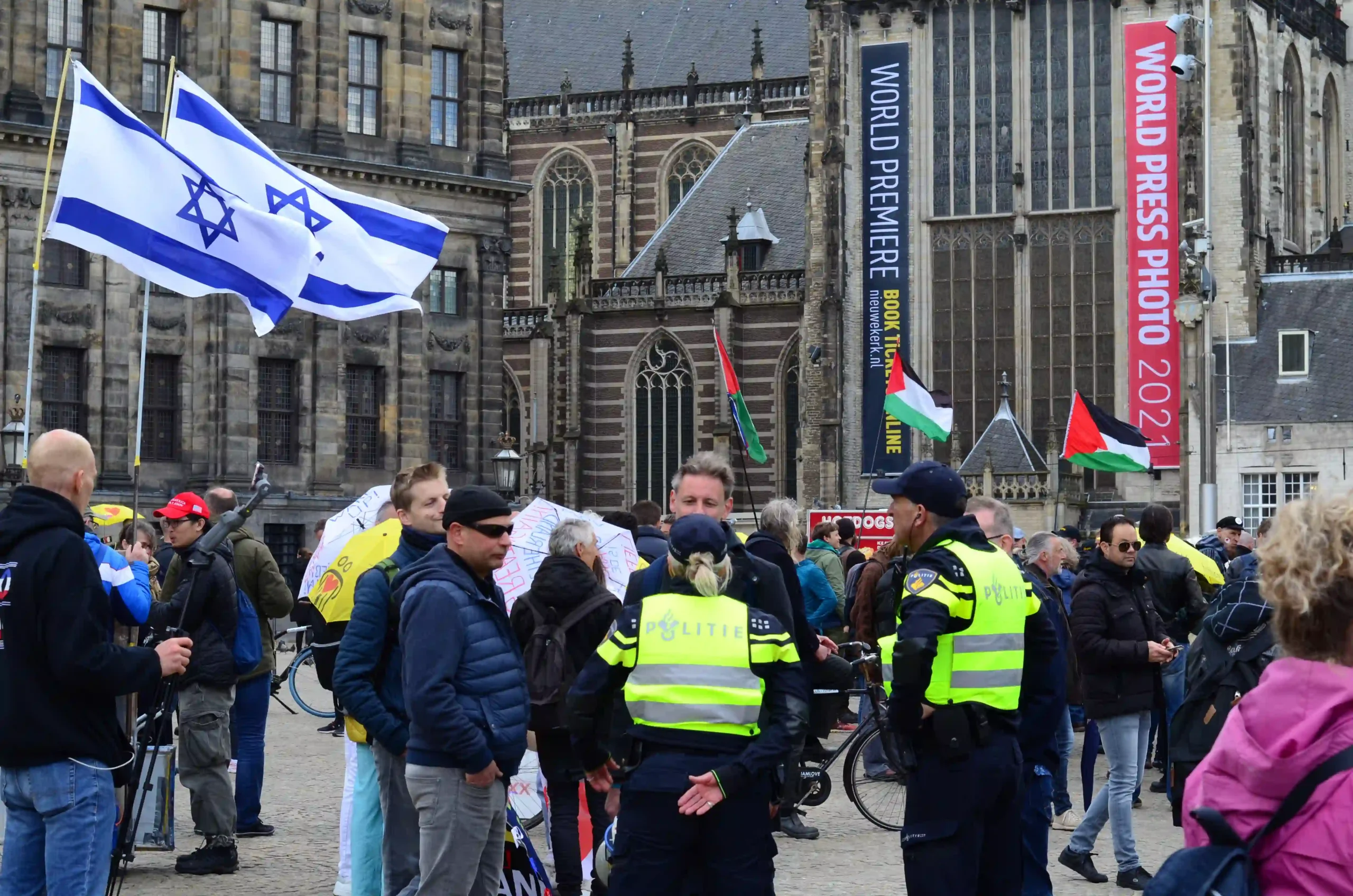

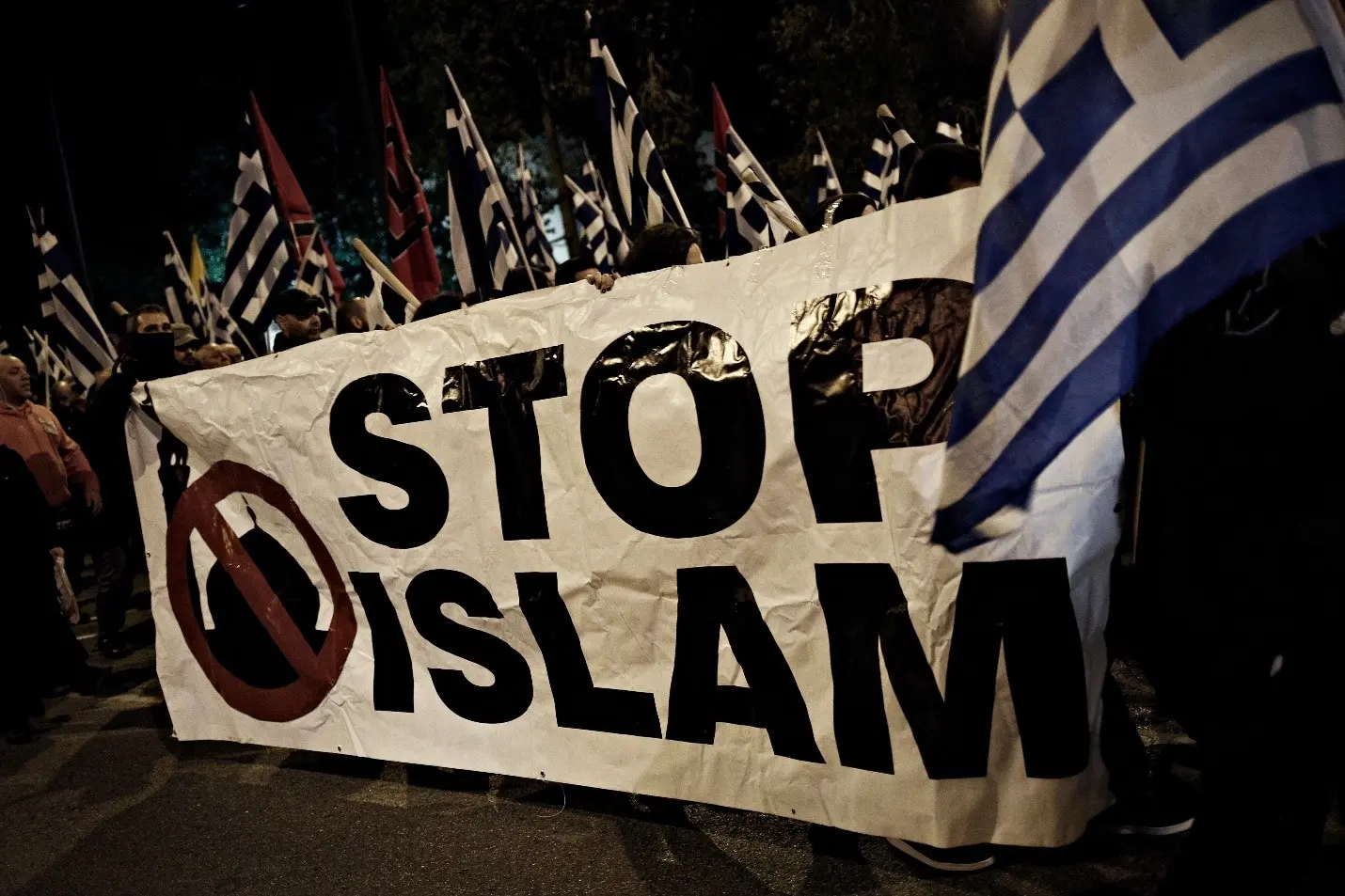
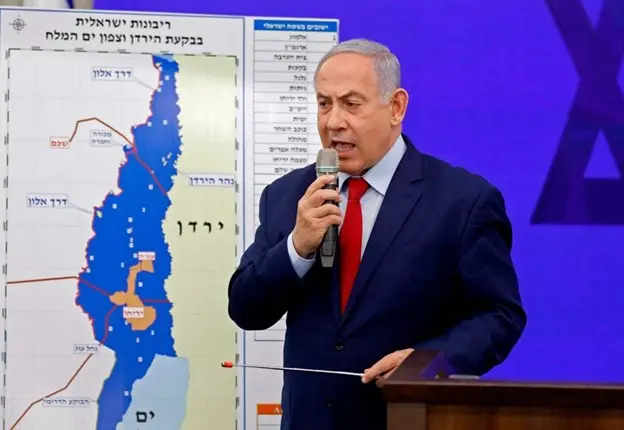
Comments